China: 30 tombs, 28 chariots and 98 horse skeletons dating back 2,800 years found in Hubei
Also discovered are some of the earliest music instruments ever found in China
Archaeologists from Peking University have discovered a group of 30 tombs, 28 chariots and 49 pairs of horse skeletons dating back 2,800 years in Zaoyang city, Hubei Province in China.
The tombs are believed to belong to high-ranking Chinese nobility and date back to the Spring and Autumn Period in Chinese history (770-476BC).

All the tombs have been found on the same piece of land, with a separate "mass grave" of at least 28 wooden chariots buried together on their sides in a pit that measures 33m long by 4m wide.
"This chariot and horse pit is different from those discovered previously along the Yangtze River. The chariots and horses were densely buried," Liu Xu, a professor from School of Archaeology and Museology of Peking University told China Central Television (CCTV).
"Many of the wheels were taken off and the rest parts of the chariots were placed one by one."

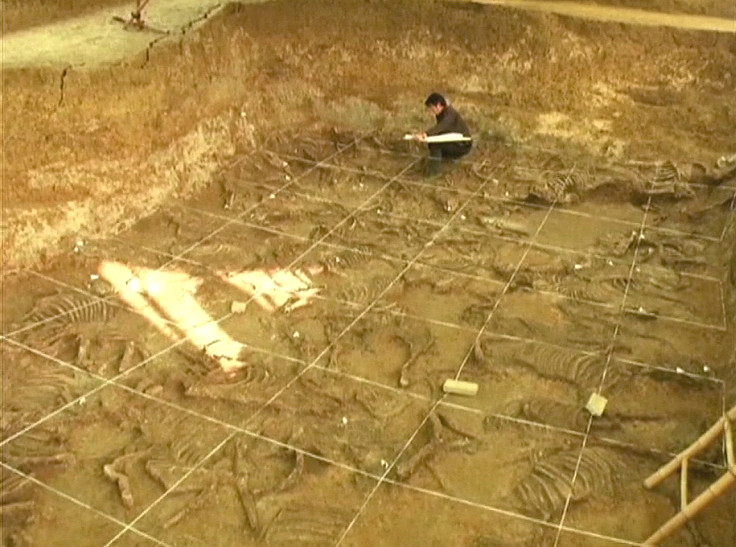
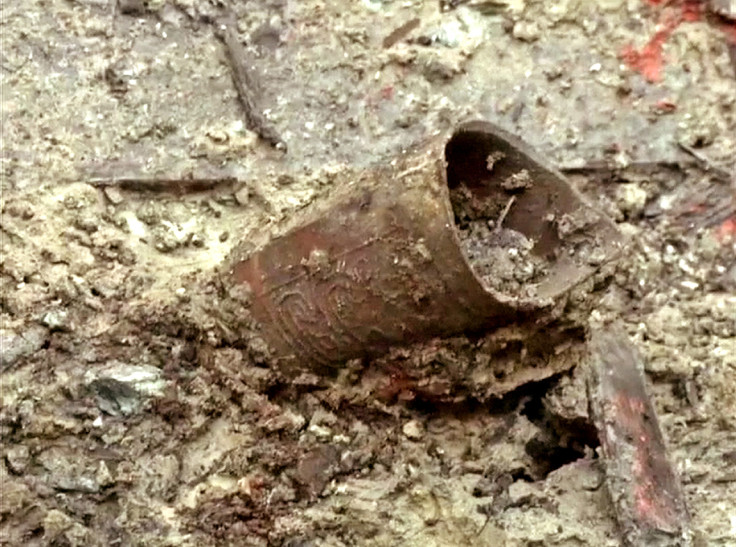
In the three months they have been excavating, the archaeologists have also unearthed another pit, five metres away from the chariot pit, which holds at least 49 pairs of horse skeletons.
"Judging from the way the horses were buried, they were buried after they were killed, as there was no trace of struggle. Second, it is the way they were laid...back to back, lying on their sides. It means that two horses pull one chariot," said Huang Wenxin, researcher from the provincial archaeological institute.

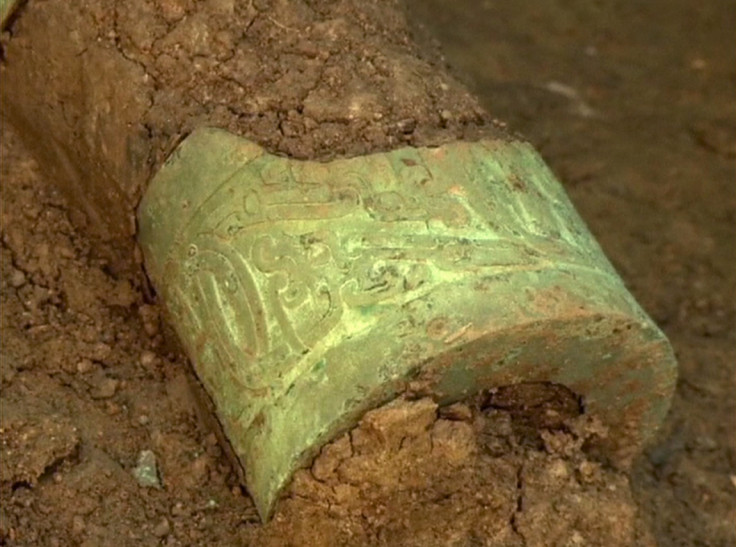
The archaeologists say that the number of chariots buried with the tombs are meant to demonstrate the high ranks of the tomb owners, as well as the strength of the ruling state they lived in at the time.
"More chariots mean that the country was powerful. The strength was measured by the number of chariots. In modern words, the chariots represent a kind of high-tech product. Only people with rather high ranks can own chariots," Liu said.
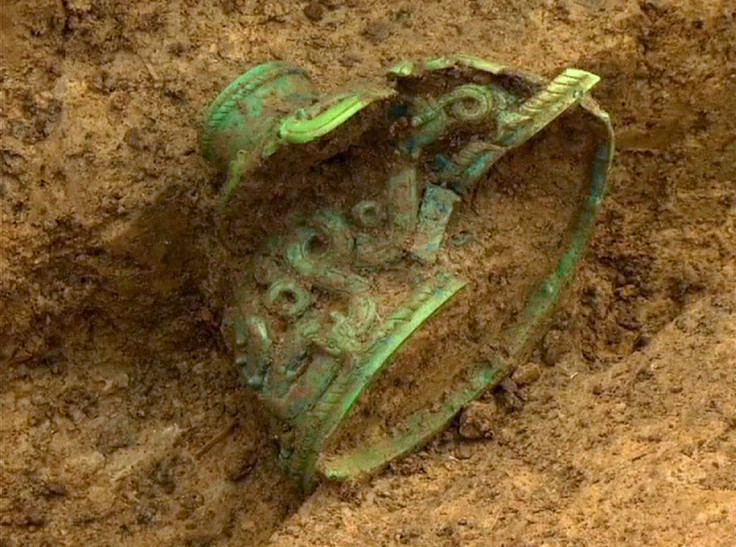
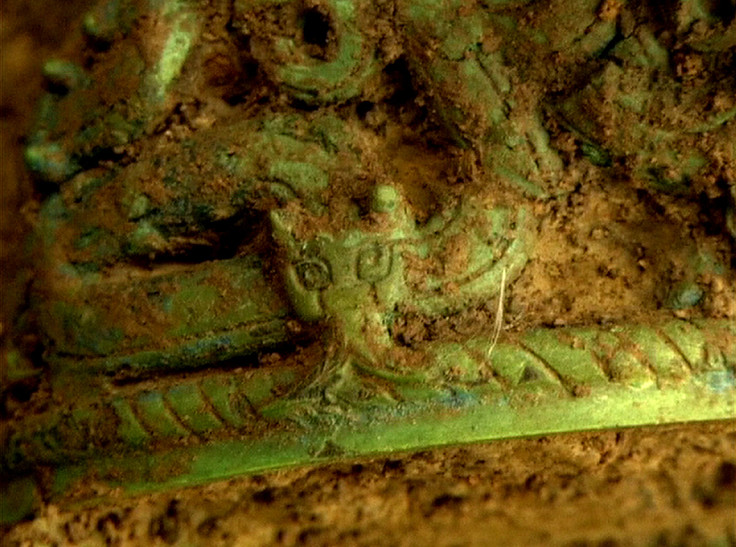
The archaeologists still have a lot of work ahead of them in excavating the tombs, but so far over 400 pieces of bronze, pottery and other objects have been uncovered, including a bronze pot engraved with Old Chinese characters, a fine pottery container in the shape of a dragon, and a thin flat metal item with white Old Chinese characters painted on one side, that could have been a tool or a fixture.
Also discovered were some of the oldest musical instruments ever found in China, including a broken Se, a 25-string ancient zither similar to the guzheng, and the 4.7m-long frame of a Bianzhong (bronze chimes).
During the Spring and Autumn Period, the Zhou Dynasty was in control, but in reality they only had power their own capital Luoyi, located near present-day Luoyang.
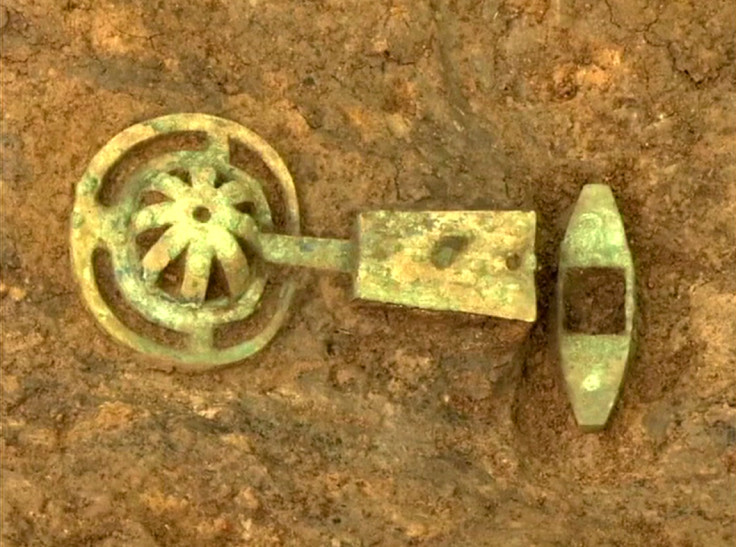
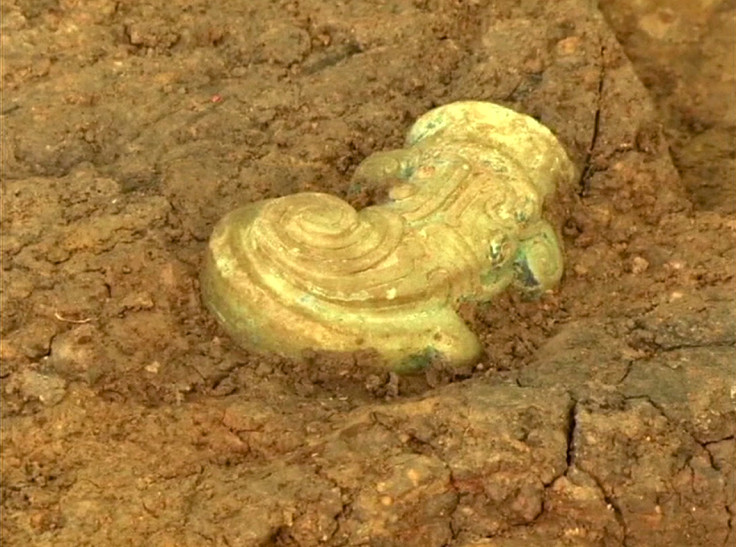
In order to try and retain power, Zhou Dynasty kings gave away fiefdoms of land to royal relatives and generals, but as the kings' powers waned, these fiefdoms gradually all became independent states rife with interstate power struggles and civil wars.
At one point there were up to 148 independent states in China during the period, and by the end of the dynasty, 128 of these had been annexed by the four most powerful states. The great philosopher Confucius lived during the later part of the Zhou Dynasty, in the state of Lu.
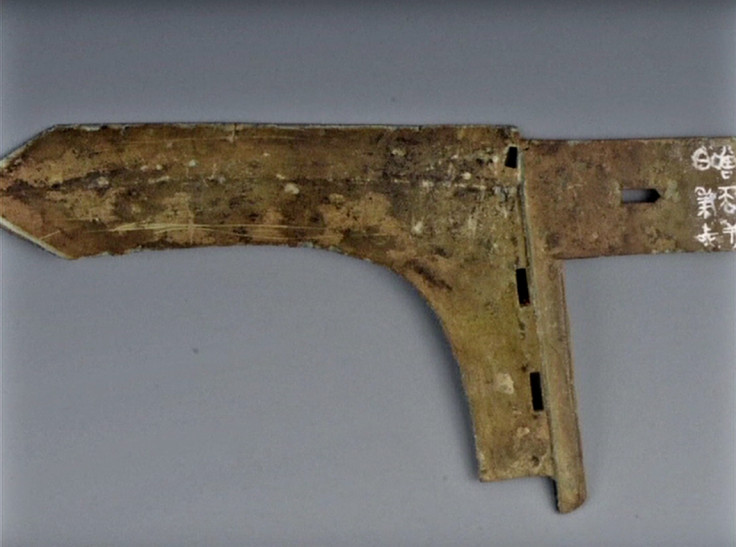
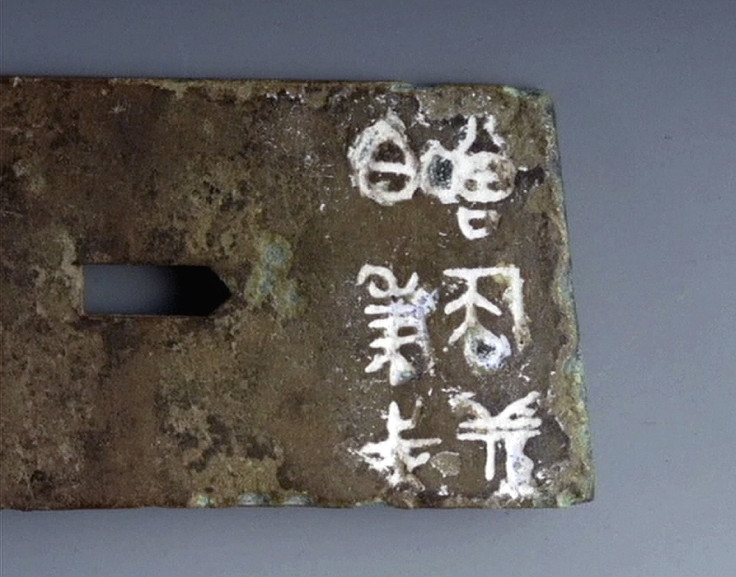
One of these states was Chu, which covers most of present-day Hubei and Hunan province, so it can be surmised that the nobles buried in these tombs were related to the ruling house of Chu.
Chu became a fully independent state from the Zhou kings in either 703BC or 706BC, and the tombs are buried 320km away from the city of Ezhou, which was the capital of Chu during the Zhou Dynasty.
© Copyright IBTimes 2025. All rights reserved.






















